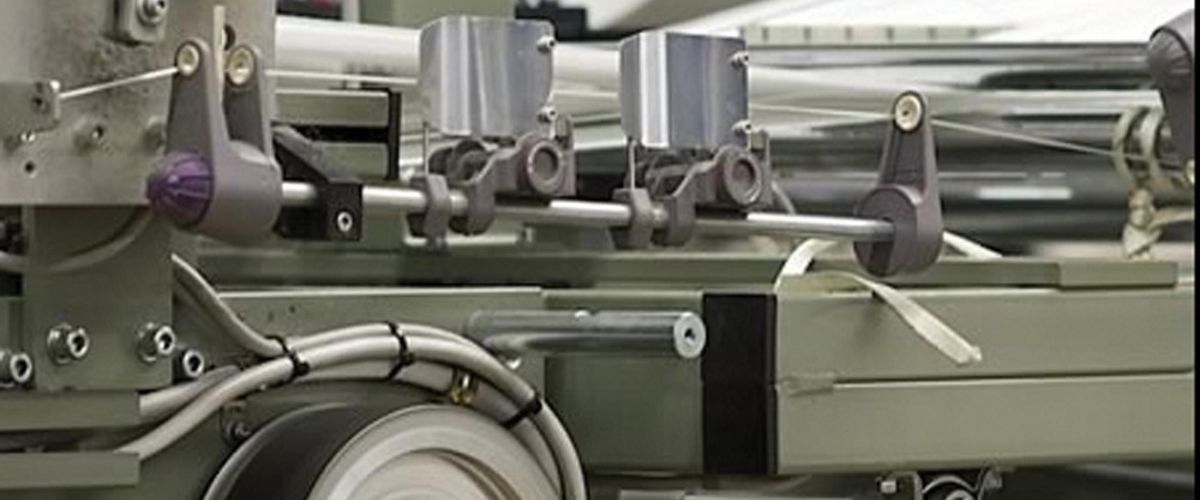
Monos: Explained
Some points we want clearing up...
Your main line is everything. With a shite one you’re ballsed; with a decent one it’s then down to your hook hold and your playing technique. But there are a few things we’re not too clear about when it comes to monofilament, so enter Ultima – the company that live, breathes and sells lines – and know a bit more than most. Then enter Henry Aiken, the man who started the company over 20 years ago.
Let’s start with the basics: what are the key elements to a line?
“The main, key elements are linear strength, knot strength (dry and wet), abrasion resistance, suppleness, stretch and colour, but there is also the weight (density), visibility, uniformity, memory, water absorption to consider… and sometimes price! A general rule is that if a line manufacturer really focuses on one area it can affect another element slightly. For example: if a line has absolutely phenomenal knot strength characteristic, then the abrasion resistance may be slightly reduced.
All the real ‘top flight lines’ have subtle differences in how they perform in these key areas. When you consider this, you can see why Ultima lines that somehow maintain excellence in all the areas are so special.
“When we recommend a line, we normally talk to the anglers about the feel they want, more than the abrasion, etc. This is because all the Ultima lines perform superbly in all the main pre-requisites areas, but some anglers like soft lines that cast superbly, whilst others want to easily tie strong knots. Others see pure abrasion resistance as the single most important physical characteristic.”
Line twist: it’s a nightmare which everyone suffers from, so how do I overcome it?
“The most important thing is to load the line onto the spool correctly. By reeling line off a rotating bulk spool (as wrongly recommended by many) you are effectively adding line twist. The correct way is to load the spool off the side of the bulk spool so that the line is leaving the spool the same way as the bail arm rotates – preferable weighted in a bucket of lukewarm water. An easy check is to load the reel for a short while and then slacken off from the rod tip – if the line is very coiled up to the rod tip you need to turn the spool over.”
What’s this I hear that it’s recommended to soak the line overnight before loading?
“It’s not just recommend – it’s essential. To get the best from monofilaments you need to soak your new main line in some warm water for a least couple of hours before you spool up; if you can, it really is recommended to leave it soaking for a full 24hrs. Due to the porous nature of the line it will soften up and bed down beautifully! The only line that doesn’t absorb water or soften is fluorocarbon; its inherent properties repel water.”
Finally, how is line strength rated: knot strength or pull strength?
“Lines in the UK are generally underrated – that is the true linear (dry clamped) braking strain is probably a fair bit higher than the stated breaking strain. This is simply to allow for knot strength – or more the fact that different anglers have differing experience in tying super reliable knots. And the last thing we want is for an angler to get the impression that a line is poor… when it isn’t the line.”


